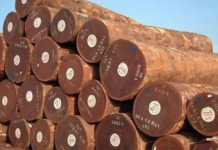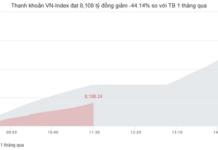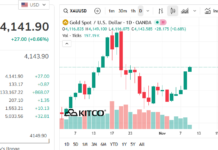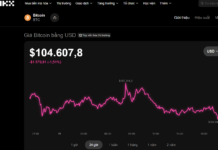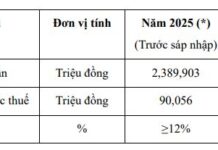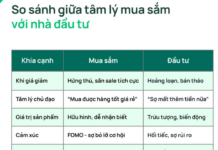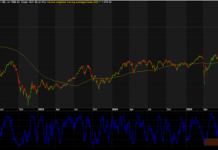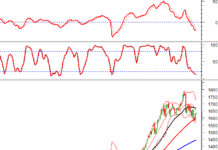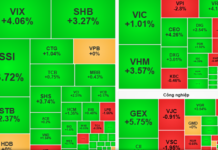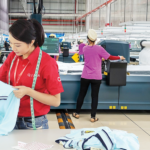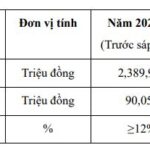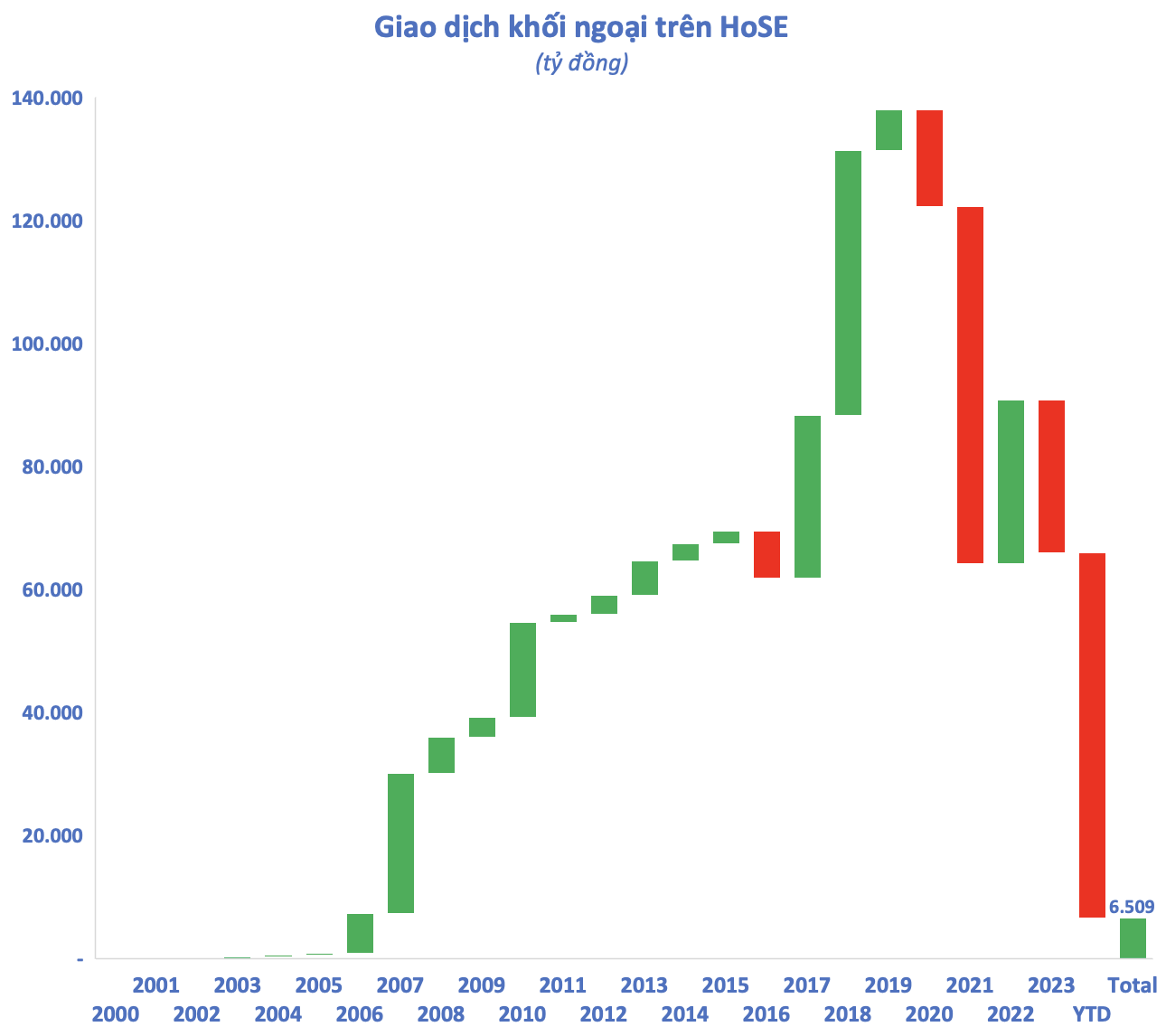
Vietnam’s textile industry is forecast to remain stable in the second half, leveraging FTA advantages and China’s declining market share in the US – Illustration
|
Mirae Asset Vietnam Securities Analysis Center has just released an updated report on the textile industry, arguing that new US countervailing duties do not significantly alter Vietnam’s competitive edge.
In late July, the White House announced modifications to countervailing duties, effective from August 7th. The tax rates for major textile exporters (excluding China) are relatively uniform: 20% for Vietnam, 20% for Bangladesh, 19% for Cambodia, 20% for Sri Lanka, and 25% for India. According to the US government, countries can continue negotiations post-implementation.
Mirae Asset assesses that recent geopolitical instability could bring about certain benefits for Vietnam’s textile industry. However, the heightened tariff environment risks reducing demand in the US market and intensifying competition in other key markets. The securities company maintains a “Neutral” recommendation for the industry, given the interplay of positive and negative macroeconomic factors.
Inventory buildup, order reduction pressure
The report reveals that large brands’ inventory-to-sales ratios climbed in Q2, while sales revenue dipped compared to the same period in 2024. Some businesses stockpiled goods during the tariff suspension, leading to potential new order declines in the second half.
US inflation has already reflected the price impact of the 10% countervailing duty during the suspension phase. With the new tariffs in place, a more potent price-hike effect is anticipated, coupled with weak consumer confidence, which could negatively affect textile consumption.
Competition in the US market and Vietnam’s advantages
Mirae Asset contends that competition among major textile exporters (excluding China) will not deviate significantly from pre-tax levels. Vietnam retains its competitive edge due to:
- Chinese goods are taxed at 30%, and US-China trade tensions persist, causing their market share in apparel exports to the US to continue declining, already lower than Vietnam’s in the first five months of 2025.
- India faces a 25% tax rate (even 50% for some products related to Russian oil), putting them at a competitive disadvantage.
- Bangladesh and Cambodia grapple with political unrest and border conflicts, posing production risks.
Other markets and prospects
Competition in non-US markets is expected to intensify as Chinese textile exports redirect to South Korea and Japan. However, Vietnam benefits from FTAs like the EVFTA, which eliminates most EU import tariffs from 2025, whereas Bangladesh and Pakistan lack FTAs with Japan and South Korea.
Mirae Asset forecasts that Vietnam’s textile orders will stabilize in the second half, with apparel production remaining active and the fiber segment facing short-term challenges due to weak demand in China and South Korea. In the long term, both segments will benefit from the production shift away from China and supply chain diversification.
– 09:04 13/08/2025
“EVFTA: A Half-Decade Trade Triumph for Vietnam and the EU, with Nearly $300 Billion in Commerce”
After 5 years in effect, the EVFTA has facilitated trade between Vietnam and the EU, totaling nearly $300 billion. This has elevated Vietnam’s standing in ASEAN and on the global stage. The agreement has also driven institutional reforms, promoted the adoption of international standards, and fostered stronger business connections.
Introducing the “Vietnam Pavilion – National Pavilion of Vietnam” on the Alibaba E-Commerce Platform
To support international businesses, especially European enterprises, in seeking product information, business partners, and market expansion in Vietnam, the Trade Promotion Agency – Ministry of Industry and Trade of Vietnam is pleased to introduce the “Vietnam National Pavilion – Vietnam Pavilion” on the Alibaba.com e-commerce platform.



